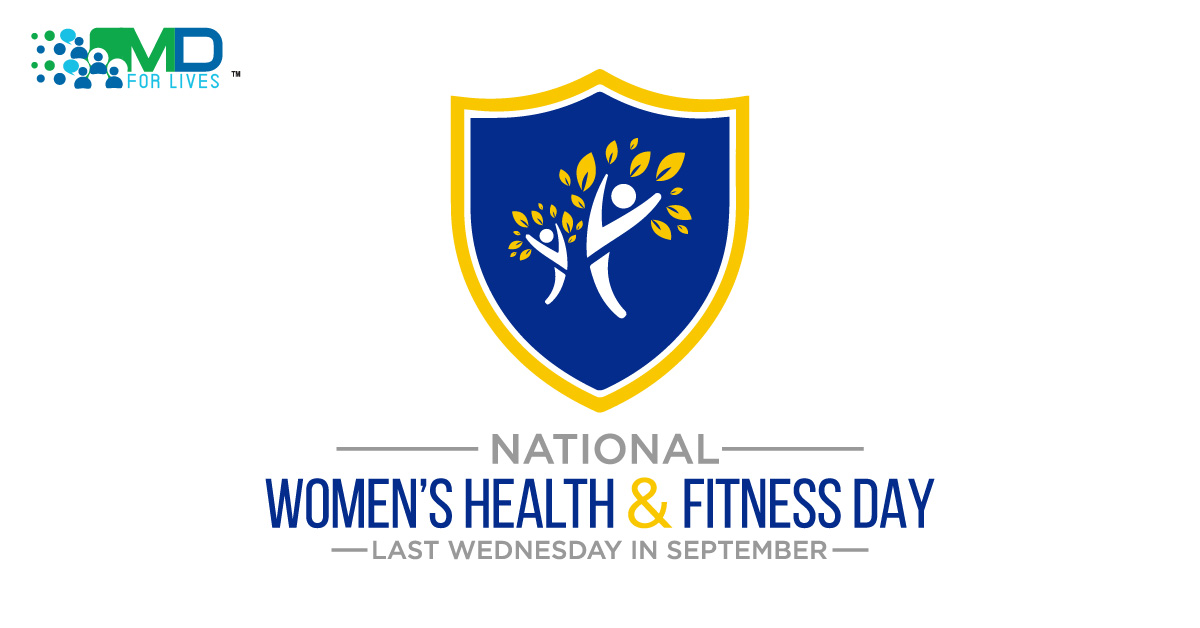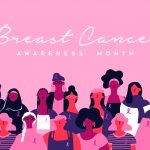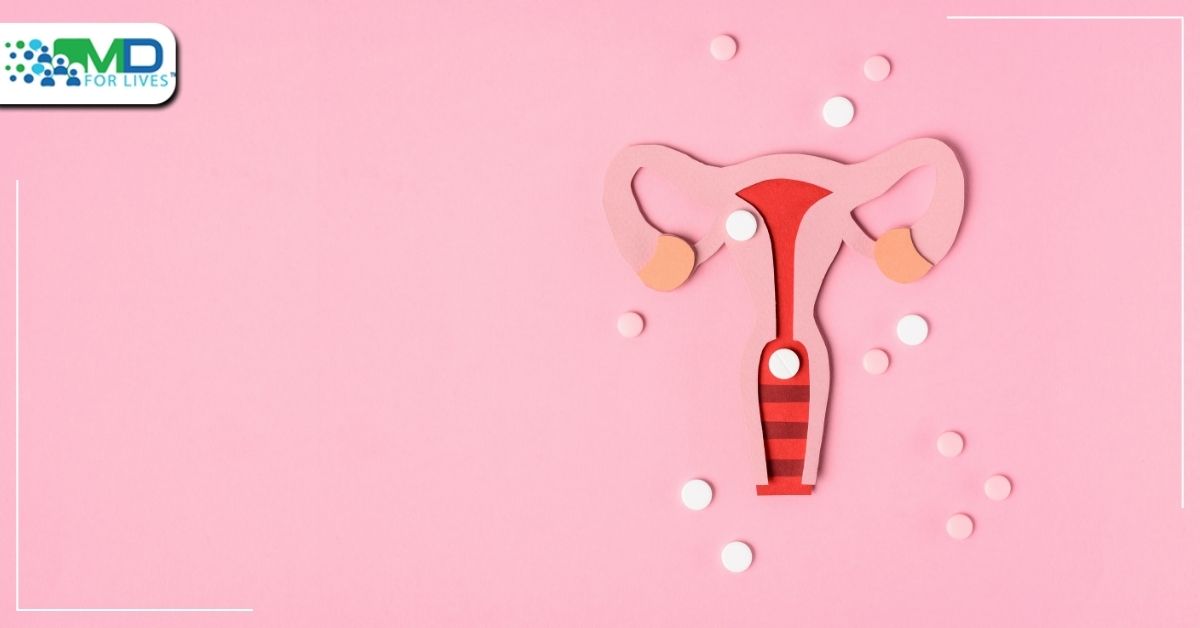Having healthy habits and routines is the best way to avoid contracting unwanted diseases or conditions. However, being a modern-day woman is chaotic enough as it is without worrying about one’s health. There are chores, career, social life, and more to worry about. Even with some research, there is still misleading information about women’s health that can do more harm than good.
There are myths about women’s health like not getting a heart disease until they are older, that men are the only ones who can get kidney stones, or there’s no way to prevent cancer. Being fed unreliable information like the ones mentioned, can negatively affect women’s mental and physical health. However, once these myths are debunked, and women’s healthcare is discussed more, then creating a healthy routine, and sticking by, it would be easier. There are also factors to consider where women’s healthcare may differ from men’s since each gender has different experiences and biology.
HEALTH DIFFERENCES BETWEEN MEN AND WOMEN
According to the World Health Organization (WHO), men and women would face different health risks, health responses, and outcomes because of their distinctions in biology and social expectations. Generally, men encounter more life-threatening complications as early as the younger years of their lives. However, women have a higher rate of contracting chronic debilitating conditions like arthritis, headaches, gallbladder conditions and internalizing mental problems. The two genders’ different roles assigned to them by society can affect the risks they would take, the risks they are exposed to, how they would respond, and their effort to improve their health.
Next, males are usually reported to be more active than females when talking about physical fitness and activity. Because of this, women are more likely to be at risk of experiencing poor long-term health conditions. However, according to Hands et al. (2016), this may not be the case. Different health benefits depend on one’s gender, and it doesn’t mean that since one sex is more active than the other, or that one is more fit than the other. An example mentioned in her study is brisk walking. This low to moderate-intensity exercise can protect from cardiovascular diseases and diabetes to a greater extent to females rather than males. Another one is the risks for coronary heart disease, which is lessened by doing low-intensity exercises, yet again, it is more effective for women than it is for men.
HEALTHCARE FOR WOMEN
Women’s healthcare can vary depending on what stage they are in life. Their bodies will change over time, and those changes have to be addressed.
As starters, those who are in their 20s and 30s should craft a heart-healthy lifestyle. Eating right and being active are good habits to invest in. There will be benefits in doing these in the long run. Next, women should find the right doctor that would best fit them. It is essential to find someone whom they can trust and be completely honest with, including discussing their family history. It is vital information that doctors should know so they can prepare and diagnose correctly. Lastly, do not forget to perform screening tests. Women should take a Pap test starting at the age of 21 years old and one every three years after to check for cervical cancer. Also, have a frequent check-up for diabetes, high blood, as well as cholesterol. When sexually active, it’s advisable to get tested for STDs and HIV.
For women in their 40s and 50s, one thing for them to keep in check is menopause. It would be best to discuss this with their doctors to get proper advisory on what they can expect and help them manage their discomfort. Another thing to keep in check to prevent problems later is bone health. Women tend to develop osteoporosis, a condition that will weaken the bones. One’s diet and exercise routine play a key role in preventing this condition.
Lastly, for women aged 60 and older, the best way to keep being healthy is to be active, not just physically but mentally. Make sure to keep the brain busy, read, socialize, try out a new hobby, or even learn a new language. As for physical activity, it’s never too late to start. With regular strength training and the right exercise, it helps keep the muscles from shrinking. Also, as always, do not forget to take screening tests. Again, women need to keep their bone density in check. Experts suggest getting a mammogram and colonoscopy at least once every ten years to find polyps that can turn into colon cancer. Women should also refrain from drinking alcohol and smoking. Although men are more likely to perform alcohol abuse, chronic alcohol use impacts are more significant on women than men. The complications that can arise are heart disease and breast cancer.
Many health issues are not exclusive to women nor men only. Hence, it is always better to get tested and consult a doctor to keep up with one’s health and prevent any illnesses from sneaking up and going undetected.
ALWAYS BE ONE STEP AHEAD
Having a healthy diet and regular exercise is an excellent way to prevent illnesses. However, each body and conditions are different from each other. Getting regular check-ups and screen tests can prevent potential issues before anything gets out of hand.
Being a woman can be overwhelming, especially with all the extra pressure and expectations that society gives. However, it is essential to look after oneself and be active in seeking out information about one’s body to strengthen what’s right and get rid of what’s wrong.

REFERENCES:
[1]Hands, B., & Parker, H. (2016). Male and Female Differences in Health Benefits Derived from Physical Activity: Implications for Exercise Prescription. Journal of Womens Health, Issues and Care, 5(4). doi:10.4172/2325-9795.1000238
[2]Matud, M. (2017). Gender and Health. doi:10.5772/65410
[3]Men and women perceive their own health differently. (2019, November 13). Retrieved from http//www.sciencedaily.com/releases/2019/11/191113153108.htm
[4]Simple Health Steps for Women in Their 20s and 30s. (n.d.). Retrieved from http//www.webmd.com/women/guide/simple-health-steps-women-20s-30s
[5]Simple Health Steps for Women in Their 40s and 50s. (n.d.). Retrieved from http//www.webmd.com/women/guide/simple-health-steps-women-40s-50s#2
[6]Simple Health Steps for Women in Their 60s and Up. (n.d.). Retrieved from http//www.webmd.com/women/guide/simple-health-steps-women-60s-up
[7]The Top 10 Women’s Health Myths. (n.d.). Retrieved from http//healthcare.utah.edu/womenshealth/patient-education/
[8]What Do You Want to Know About Women’s Health? (2020, February 4). Retrieved from http//www.healthline.com/health/womens-health#conditions






